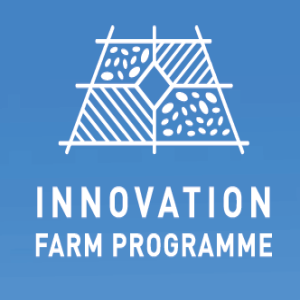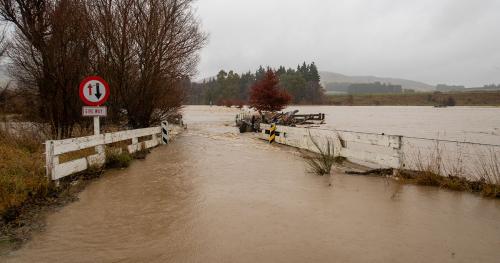Search results
Displaying 441 - 450 results of 1100
- Resource book… trends soil test results forage crops herbs annual grasses utilising feed currently …
- News… for the Government to start reporting on both annual emissions and annual additional warming, to build …

- Other PDF… workforce sector generates 12 billion income annually 46 billion household income average … forestry investment would considered meeting transitional exemptions number changes … land classes 15 being entered ets however annual quota 15000 land class 6 being able …
- Industry data… per cent decline total mutton export receipts annual average mutton price 202122 season … volume record usd075 estimated 202122 average annual price steerheifer 270295kg 502 cents … 39 17 04 77 47 new zealand 36 33 17 23 37 39 annual average change march year note euro …
- Other PDF… consents order undertake onfarm activities annual consenting costs across four farms were … farm report faced oneoff direct costs 75000 annual direct costs around 88000 lnz analysis … initiatives farm 1 faced oneoff costs 75000 annual costs around 88000 all which direct …
- Factsheet… necessary control aggressive perennial annual weeds when susceptible seedling stage …
- Industry data… farms small number breeding farms forages annual ryegrass grown lambing ewes where feed … farms small number breeding farms forages annual ryegrass grown lambing ewes where feed …
- PodcastNeil Aicken is part of the Beef + Lamb New Zealand Innovation Farm Programme. In the next couple of years, he is going to trial remote vehicle monitoring (for management and for Health and Safety), …

- News… livestock processed. The sector is focused on meeting the needs of farmers while ensuring …

- NewsDevastating storms over the past week have caused significant damage to farm infrastructure, irrigators, trees and shelterbelts through Canterbury, Otago and …
